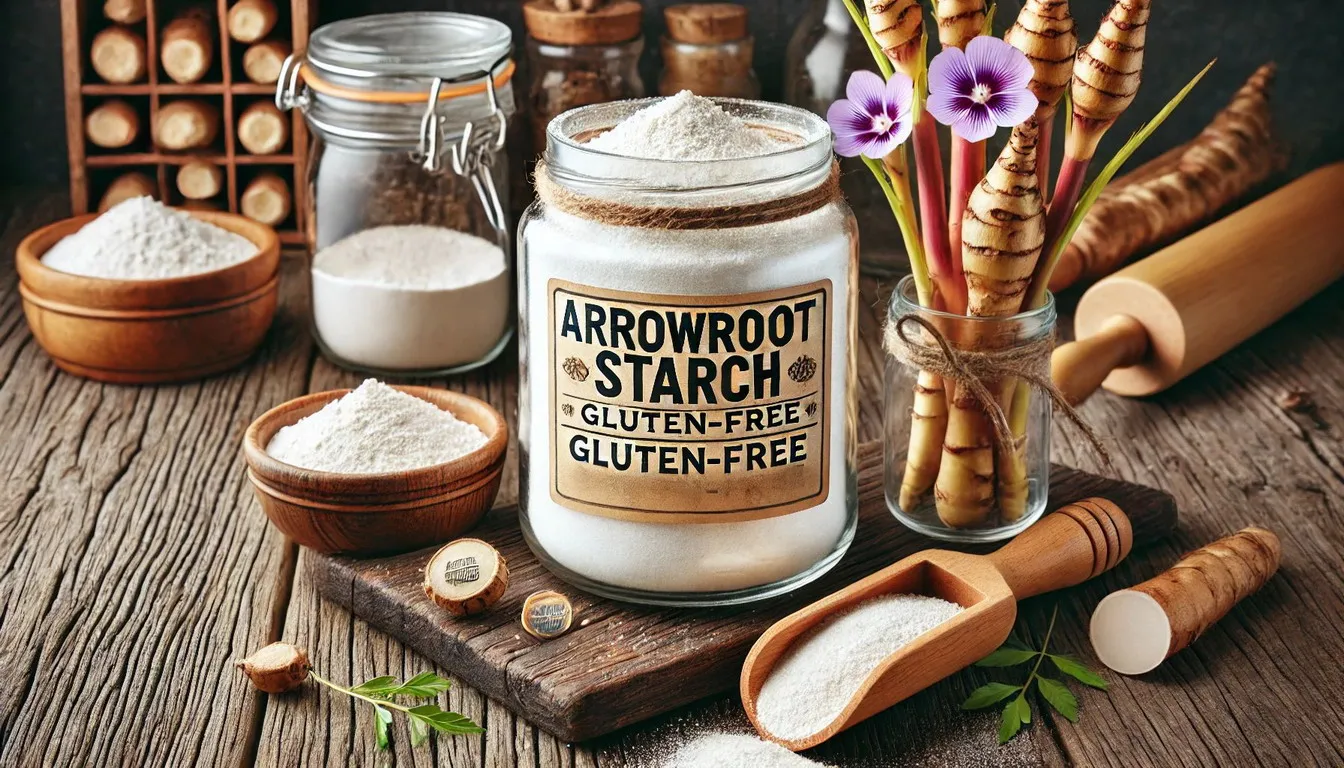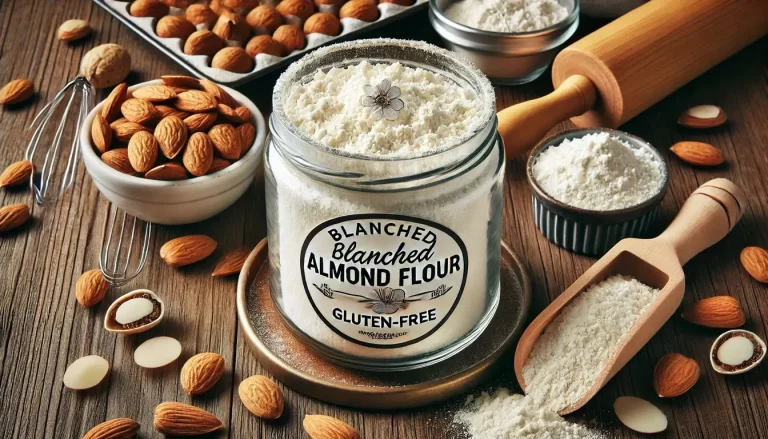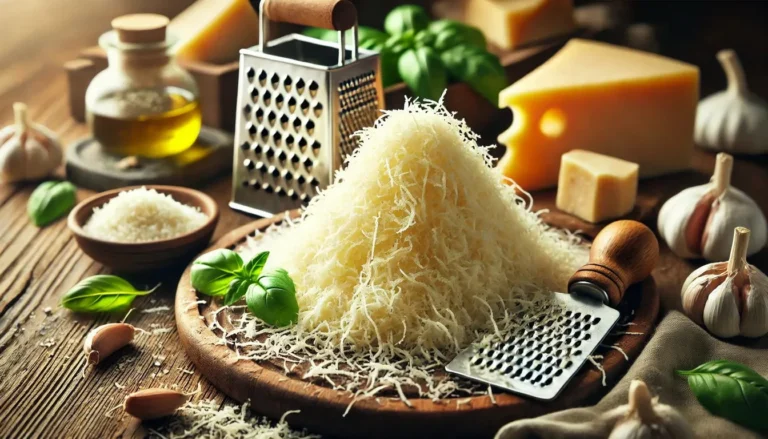Ketchup is a beloved condiment, adding a tangy sweetness to everything from fries to burgers. However, store-bought ketchup often contains hidden sugars and high carb content, making it less suitable for those on low-carb or keto diets. In this article, we’ll explore how to make a delicious, low-carb ketchup at home. This homemade version not only allows you to control the ingredients but also offers numerous health benefits without sacrificing flavor.
Understanding the Carbs in Ketchup
The Problem with Store-Bought Ketchup
Store-bought ketchup is notorious for its high sugar content. A typical tablespoon of commercial ketchup contains about 4 grams of sugar and 5 grams of carbohydrates. This might not seem like much, but it adds up quickly, especially for those monitoring their carb intake. High-fructose corn syrup is a common ingredient in many commercial brands, contributing to the high carb content and raising concerns about its impact on blood sugar levels and overall health.
Why Carbs Matter
For individuals on low-carb or keto diets, keeping carb intake to a minimum is crucial for maintaining ketosis, a metabolic state where the body burns fat for fuel instead of carbohydrates. Excessive carbs can spike blood sugar levels, leading to energy crashes and potential weight gain. By understanding and controlling the carb content in your diet, you can better manage your health and weight.
Benefits of Homemade Low Carb Ketchup
Control Over Ingredients
One of the main benefits of making ketchup at home is the ability to control what goes into it. You can avoid high-fructose corn syrup, added sugars, and artificial preservatives commonly found in commercial ketchup. Instead, you can use natural sweeteners like stevia or erythritol, which do not affect blood sugar levels.
Health Benefits
Homemade low-carb ketchup is not only lower in carbs but also free from unhealthy additives. This makes it a better option for weight management and metabolic health. Additionally, by using fresh, high-quality ingredients, you can ensure that your ketchup is packed with nutrients and free from harmful chemicals.
Customization
Making ketchup at home allows you to customize the flavor to suit your taste preferences. You can adjust the sweetness, acidity, and spice levels to create a condiment that’s perfect for your palate. Whether you prefer a smoky, spicy, or tangy ketchup, the possibilities are endless.
Ingredients and Equipment Needed
Key Ingredients
- Tomato Paste: The base of the ketchup, providing rich tomato flavor.
- Vinegar: Apple cider or white vinegar adds acidity and tanginess.
- Natural Sweeteners: Stevia, erythritol, or monk fruit sweeteners to replace sugar.
- Spices: Onion powder, garlic powder, paprika, salt, and pepper for flavor.
- Water: To adjust the consistency.
Optional Add-Ins
- Fresh Herbs: Basil, oregano, or thyme for added flavor.
- Hot Sauce: For a spicy kick.
Essential Equipment
- Saucepan: For cooking the ketchup.
- Blender or Food Processor: To achieve a smooth texture.
- Storage Jars or Bottles: For storing the finished ketchup.
Step-by-Step Recipe for Homemade Low Carb Ketchup
Preparation
- Gather Ingredients and Equipment: Make sure you have all ingredients and equipment ready.
- Sanitize Storage Containers: Ensure jars or bottles are clean and sterilized.
Cooking Instructions
- Combine Ingredients: In a saucepan, combine tomato paste, vinegar, natural sweeteners, and spices.
- Simmer: Bring the mixture to a simmer over medium heat, stirring frequently.
- Adjust Seasoning: Taste and adjust the seasoning as needed. Add more sweetener for sweetness or vinegar for acidity.
- Thicken: Simmer for 20-30 minutes until the ketchup reaches your desired thickness.
Blending and Storing
- Blend: Use a blender or food processor to blend the mixture until smooth.
- Cool and Store: Pour the ketchup into jars or bottles, let it cool, and then store it in the refrigerator. It can last up to 3 weeks.
Tips for Perfecting Your Homemade Ketchup
Adjusting Sweetness and Acidity
Balancing sweetness and acidity is key to making delicious ketchup. If the ketchup is too tangy, add a bit more sweetener. If it’s too sweet, a splash of vinegar can balance it out.
Consistency Control
Achieving the right thickness can be tricky. If your ketchup is too thin, let it simmer longer to reduce the liquid. If it’s too thick, add a little water until you reach the desired consistency.
Flavor Variations
Don’t be afraid to experiment with different spices and herbs. Try adding smoked paprika for a smoky flavor, or cayenne pepper for extra heat. Fresh herbs like basil or oregano can also add a unique twist to your ketchup.
Nutritional Information and Carb Comparison
Nutritional Breakdown
Here’s an approximate nutritional breakdown for one tablespoon of homemade low-carb ketchup:
- Calories: 5
- Carbs: 1 gram
- Fats: 0 grams
- Proteins: 0 grams
Comparison to Store-Bought Ketchup
Commercial ketchup typically has about 5 grams of carbs per tablespoon, mostly from added sugars. In contrast, homemade low-carb ketchup has significantly fewer carbs, making it a healthier choice for those watching their carb intake.
FAQ Section
Q: How long does homemade low-carb ketchup last?
A: Homemade low-carb ketchup can last up to 3 weeks when stored in an airtight container in the refrigerator. Always check for signs of spoilage before use.
Q: Can I freeze homemade ketchup?
A: Yes, you can freeze homemade ketchup. Portion it into ice cube trays, freeze, and then transfer the cubes to a freezer-safe bag. Thaw as needed.
Q: Can I use fresh tomatoes instead of tomato paste?
A: Yes, you can use fresh tomatoes, but you’ll need to cook them down longer to achieve the same consistency. Start with about 2 pounds of tomatoes, cook them down, and blend until smooth.
Q: What are the best natural sweeteners to use?
A: Stevia, erythritol, and monk fruit sweeteners are excellent choices. They provide sweetness without the carbs and calories of sugar.
Q: Can I make this ketchup spicier?
A: Absolutely! Add more cayenne pepper, hot sauce, or even fresh chili peppers to increase the heat level.
Q: How do I know if my ketchup has gone bad?
A: If your ketchup develops an off smell, color changes, or mold, it’s best to discard it. Always use clean utensils to avoid contamination.
Making your own low-carb ketchup at home is a simple and rewarding process. It allows you to control the ingredients, customize the flavor, and enjoy a healthier alternative to store-bought ketchup. With this recipe, you can indulge in your favorite condiment without the extra carbs and sugars. Give it a try and see how easy and delicious homemade ketchup can be.
We hope you enjoyed this recipe and found it helpful. If you tried making your own low-carb ketchup, we’d love to hear about your experience! Share your variations and tips in the comments below. Don’t forget to subscribe to our newsletter for more healthy, low-carb recipes and tips.










